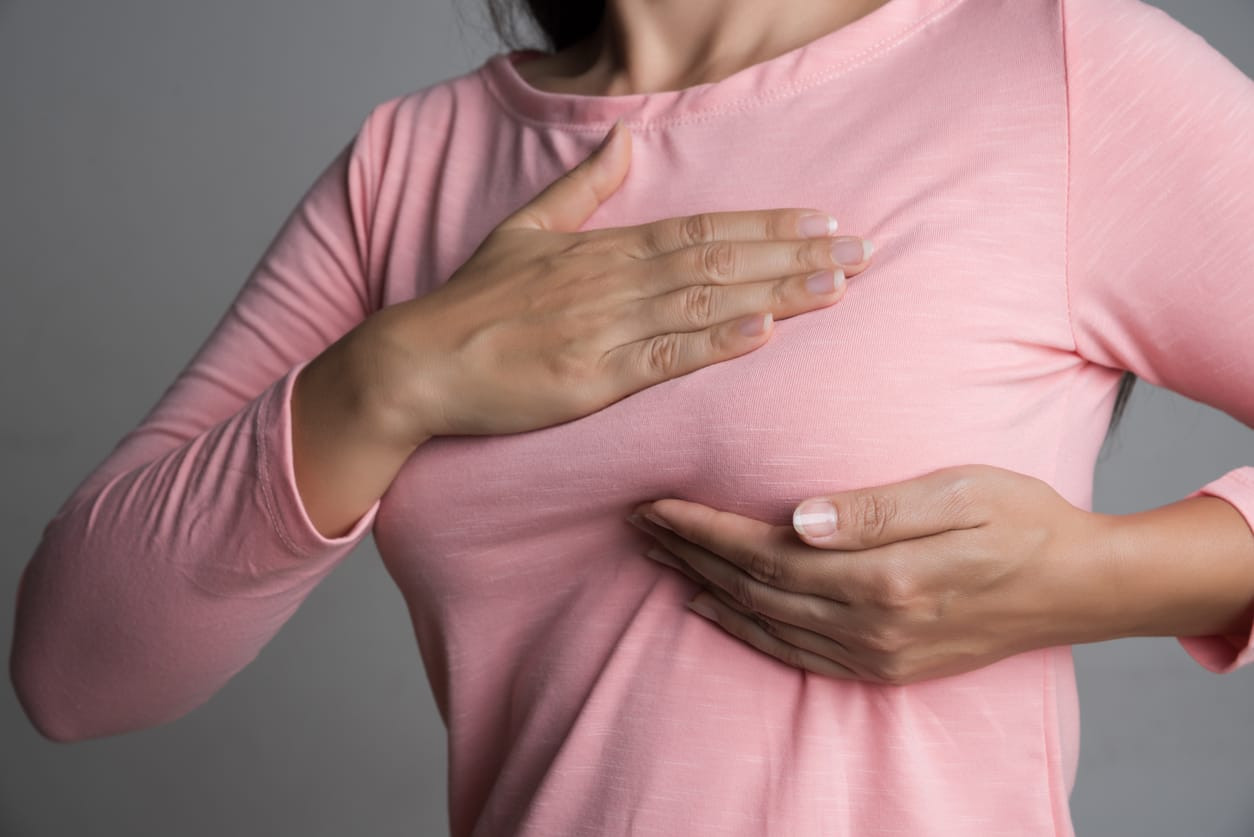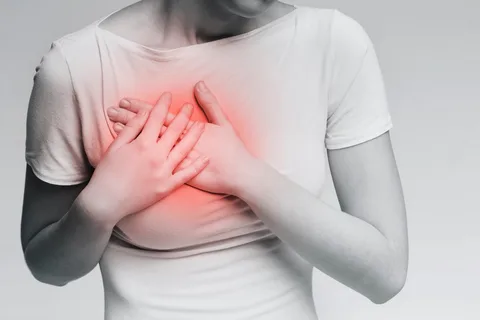Breastfeeding is a beautiful and natural experience that benefits both mother and child. However, it can also be a painful and frustrating experience, especially if you’re experiencing nipple pain and soreness. Unfortunately, this common issue affects many new mothers, and it can make breastfeeding feel like an impossible task. But fear not, because relief and healing are possible!
In this article, we’ll be sharing tips and tricks for easing the discomfort of nipple pain and soreness from breastfeeding. From using nipple creams and shields to trying different breastfeeding positions, we’ve got you covered. Whether you’re a first-time mother or a seasoned pro, these tips will help you to enjoy all the benefits of breastfeeding without the discomfort. So, let’s dive in and discover the best ways to soothe your nipples and heal your body.
Understanding nipple pain and soreness

Nipple pain and soreness is a common issues among breastfeeding mothers. It is often caused by the baby latching onto the breast incorrectly or not taking enough of the areola into their mouth. This can cause friction and irritation on the nipple, leading to pain and soreness. Additionally, some mothers may experience nipple pain and soreness due to dry or cracked nipples, thrush, engorgement, or a poor milk supply.
It’s important to note that while some discomfort during breastfeeding is normal, significant pain and soreness are not. If you’re experiencing severe pain or your nipples are cracked, bleeding, or blistered, it’s important to seek medical attention.
Common causes of nipple pain and soreness while breastfeeding
One of the most common causes of nipple pain and soreness while breastfeeding is an improper latch. This occurs when the baby is not taking enough of the areola into their mouth, causing the nipple to be pinched or compressed. Additionally, some mothers may experience nipple pain and soreness due to dry or cracked nipples, thrush, engorgement, or a poor milk supply.
Dry or cracked nipples can be caused by a variety of factors, including improper latch, frequent feedings, or using harsh soaps or lotions on the breasts. Thrush is a fungal infection that can occur in the mother’s nipples and the baby’s mouth. Symptoms include itching, burning, and redness. The breasts get swollen and uncomfortable when they’re engorged with milk. A poor milk supply can also cause nipple pain and soreness, as the baby may not be getting enough milk during feedings.
Tips for preventing nipple pain and soreness while breastfeeding

Prevention is key when it comes to nipple pain and soreness while breastfeeding. One of the best ways to prevent nipple pain and soreness is to ensure that your baby is latching on correctly. This means that they should be taking enough of the areola into their mouth, with their lips flanged outward.
In addition to a proper latch, you can do several other things to prevent nipple pain and soreness. These include:
- Avoiding harsh soaps and lotions on the breasts
- Changing breastfeeding positions frequently
- Using nipple creams or ointments to keep nipples moisturized
- Taking breaks between feedings to allow nipples to rest and heal
- Using breast shells or shields to protect nipples from irritation
By taking these steps, you can help to prevent nipple pain and soreness before it even begins.
Home remedies for nipple pain and soreness
If you’re already experiencing nipple pain and soreness, several home remedies can help alleviate discomfort and promote healing. Applying a warm compress to the affected area is one of the best remedies. This can help to increase blood flow to the area, promoting healing and reducing pain.
Another effective home remedy is to use nipple creams or ointments. These can help to moisturize and soothe dry or cracked nipples, reducing pain and discomfort. Some popular nipple creams include lanolin-based creams, coconut oil, and shea butter.
In addition to warm compresses and nipple creams, several other home remedies can help alleviate nipple pain and soreness. These include:
- Massaging the breasts to promote milk flow
- Using breast shells or shields to protect nipples from irritation
- Applying cool compresses to reduce inflammation and pain
- Taking warm baths or showers to promote relaxation and reduce stress
Incorporating these home remedies into your breastfeeding routine can help alleviate nipple pain and soreness and promote healing.
The role of proper breastfeeding techniques in preventing nipple pain and soreness
As mentioned earlier, proper breastfeeding techniques are essential for preventing nipple pain and soreness. This means ensuring that your baby is latching on correctly, with their lips flanged outward and enough of the areola in their mouth.
In addition to proper latch, several other techniques can help prevent nipple pain and soreness. These include:
- Changing breastfeeding positions frequently to avoid putting too much pressure on one area of the breast
- Using breast shells or shields to protect nipples from irritation
- Taking breaks between feedings to allow nipples to rest and heal
- Massaging the breasts to promote milk flow and prevent engorgement
- Ensuring that your baby is feeding for an adequate amount of time to ensure a proper milk supply
By incorporating these techniques into your breastfeeding routine, you can help to prevent nipple pain and soreness and ensure a comfortable and enjoyable breastfeeding experience.
When to seek medical attention for nipple pain and soreness
While some discomfort during breastfeeding is normal, significant pain and soreness are not. If you’re experiencing severe pain or your nipples are cracked, bleeding, or blistered, it’s important to seek medical attention.
In addition to severe pain and soreness, there are other signs that may indicate a need for medical attention. These include:
- Fever or flu-like symptoms
- Redness or swelling in the breasts
- Nipple discharge
- Lumps or bumps in the breasts
- Severe engorgement or mastitis
If you’re experiencing any of these symptoms, seeking medical attention right away is important.
Products and tools that can help alleviate nipple pain and soreness
In addition to home remedies and proper breastfeeding techniques, several products and tools can help alleviate nipple pain and soreness. One of the most popular products is nipple cream or ointment. These products can help to moisturize and soothe dry or cracked nipples, reducing pain and discomfort.
Another popular product is breast shells or shields. These can help to protect nipples from irritation and allow them to heal while still breastfeeding. Additionally, breast pumps can be helpful for relieving engorgement and maintaining milk supply.
Lifestyle changes that may help alleviate nipple pain and soreness
In addition to home remedies, proper breastfeeding techniques, and products, several lifestyle changes may help alleviate nipple pain and soreness. These include:
- Eating a healthy diet with plenty of protein and fluids
- Getting enough rest and sleep
- Reducing stress through relaxation techniques, such as yoga or meditation
- Wearing comfortable, supportive bras that fit properly
- Avoiding harsh soaps or lotions on the breasts
By making these lifestyle changes, you can help to promote healing and prevent nipple pain and soreness from occurring.
Support resources for breastfeeding mothers experiencing nipple pain and soreness
Breastfeeding can be challenging and emotional, especially when experiencing nipple pain and soreness. However, it’s important to remember that you’re not alone, and resources are available to help you through this difficult time.
One resource is a lactation consultant. These professionals can provide guidance and support on proper breastfeeding techniques and offer advice on products and tools that may help alleviate nipple pain and soreness.
Additionally, there are support groups available for breastfeeding mothers. These groups can provide emotional support and a sense of community and offer helpful tips and advice from other mothers who have experienced nipple pain and soreness.
Conclusion
Breastfeeding is a beautiful and natural experience but can also be painful and frustrating if you’re experiencing nipple pain and soreness. However, relief and healing are possible! By incorporating proper breastfeeding techniques, home remedies, and products, you can help to alleviate nipple pain and soreness and ensure a comfortable and enjoyable breastfeeding experience. If you’re experiencing severe pain or other symptoms, seeking medical attention right away is important. Remember, you’re not alone; resources are available to help you through this challenging time.






